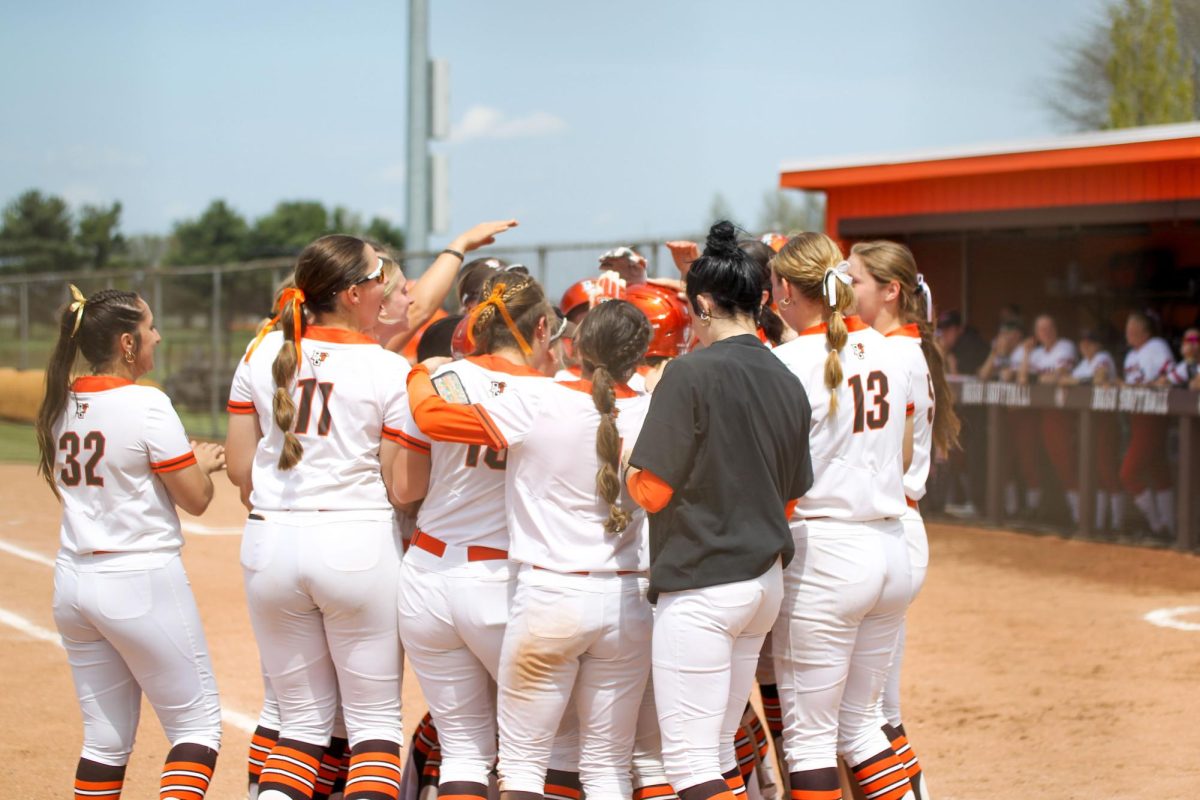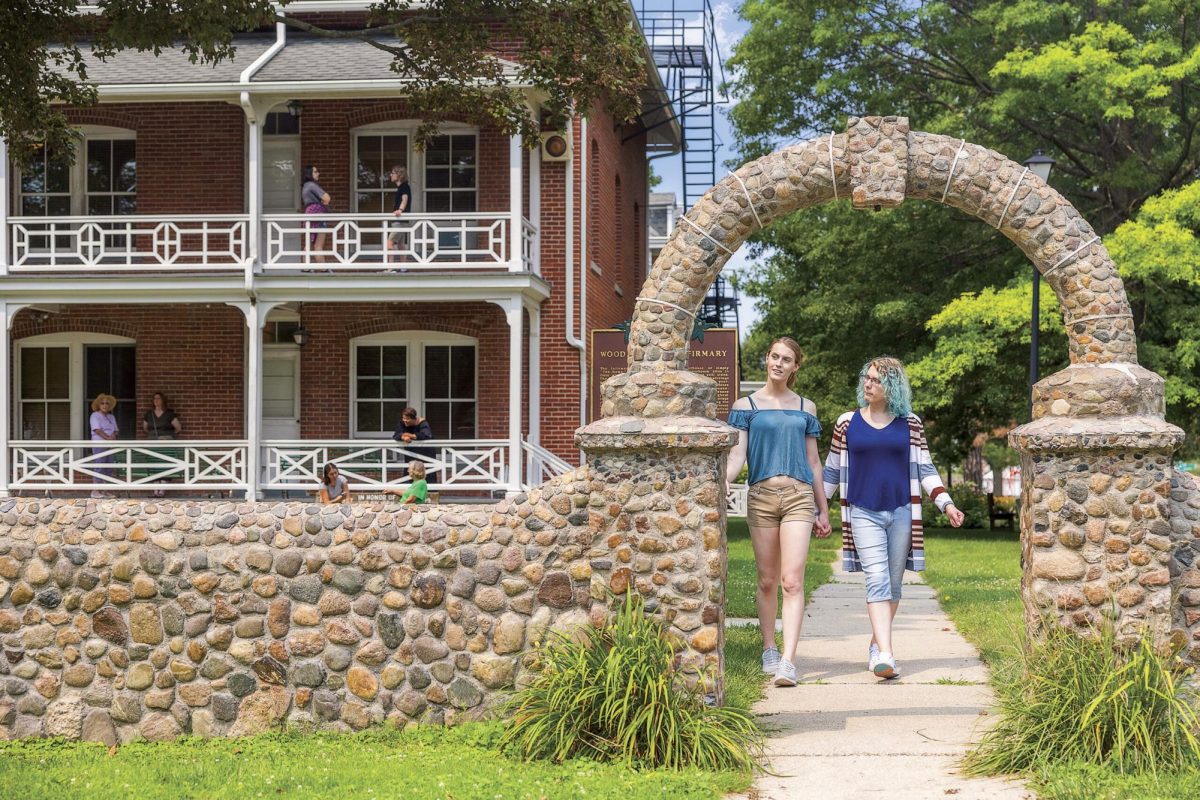The job market does not look so good for college students right now, but there is one position out there with thousands of guaranteed openings.
It pays well, offers excellent insurance benefits and leaves a sense of fulfillment at the end of the day.
Despite its many rewards, Ohio’s nursing field is in high demand. An estimated 40 percent of the state’s registered nurses will retire within 10 years, which means around 48,000 jobs will be available.
As the rest of the baby boomer generation is also beginning to age, demand for nurses will grow even higher, yet fewer college graduates are entering the field.
In 1995, the Ohio Board of Nursing issued 6,875 new nursing licenses but only 4,913 were issued in 2002. Women, who have traditionally entered the field, are seeking other forms of employment and there still exists a stigma against men becoming nurses, according to John Brion, executive director at OBN.
Since the problem has shown no signs of resolving itself, OBN and other healthcare organizations are trying to recruit college students by advertising the benefits of a career in nursing.
Although the campaigns are targeted at everyone, ethnic and racial minorities and men are especially needed. Only 5.4 percent of all registered nurses are men, and only 12.3 percent represent racial or ethnic minority groups.
The most recent campaign, “Nursing Rewards…It’s About You” will work with the media and college nursing programs persuading students to consider the field.
Brion hopes advertising the benefits will be enough to reverse the shortage.
“It’s a very lucrative field, it has tremendous growth potential and terrific job security,” he said. “It’s also an opportunity to help people.”
Other programs, like the Nursing Education Grant, have already been implemented. The $1.8 million grant is given to nursing education programs to help them increase enrollment.
The University, which has benefited from this and other grants, has already seen an increase in its number of nursing students.
Nursing advisor Louise Kimpel said only 80 students were registered in her introductory nursing class in 1999. This fall, 200 had signed up.
Kimpel said she has heard of programs recruiting students as young as high school and understands how devastating a nursing shortage is for patients.
“The higher the level of registered nurse staffing, the better it is for patient care,” she said. “Patients fair better with more nurses.”
Although students in the University’s nursing program know how important their future careers will be, they understand why some might not be up for it.
Marissa Parnell, junior, says she has a demanding schedule that requires her to take all her general education requirements her first two years.
When they are juniors, students in the University’s program take their classes at Toledo’s Medical College of Ohio. After graduating with a four-year degree and passing the OBN test, called NCLEX, they will be a registered nurse.
It is also possible to become an RN with either an associate’s degree or a diploma program through a hospital. Although the pay rate is the same with all three methods — the average yearly salary is $45,000 — a four-year degree is required for managerial positions.
Parnell said all the hard work will pay off because helping people is her motivation for doing well.
“No matter the pay, benefits, or hours, if you’re not willing to help others, you’re gonna quit,” she said.
Kari Harter, a senior in the program, agrees:
“I go home at night feeling like I’m doing something. It’s definitely fulfilling.”


















